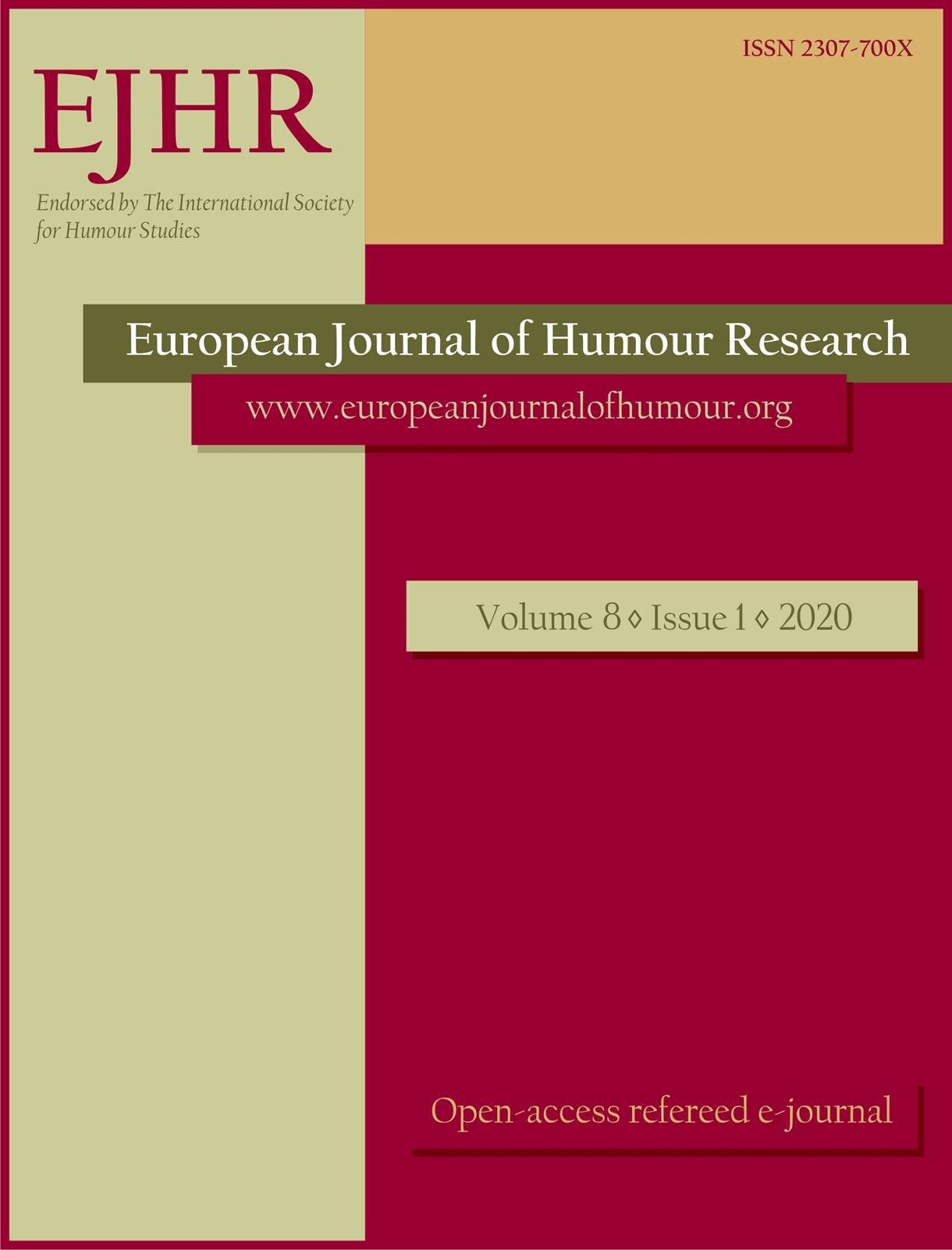Humour as a threat-coding mechanism
Humour as a threat-coding mechanism
Author(s): Edward GreenbergSubject(s): Anthropology, Social Sciences, Psychology, Theoretical Linguistics, Communication studies, Sociology, Pragmatics, Cultural Anthropology / Ethnology, Cognitive Psychology, Behaviorism, Applied Sociology
Published by: Krakowskie Towarzystwo Popularyzowania Wiedzy o Komunikacji Językowej Tertium
Keywords: humour; evolution; safety; ambiguity;appraisal;
Summary/Abstract: The integration of humour’s classical theories such as relief, superiority, and incongruity suggest that the differences and patterns in what we find funny are largely dependent on attaching an “explicably safe” meaning to novel entities. It is argued that humour is a substantial organising influence in human socialisation and personal threat perception. Built on such work as Caleb Warren and A. Peter McGraw’s notion of humour in explicated ambiguity, Tom Veatch’s paradox of humour as a “normal” violation, and V.S. Ramachandran’s False Alarm Theory of humour, an integrational theory is developed and tested against a variety of hypotheses associated with the core findings of classical humour research.
Journal: The European Journal of Humour Research
- Issue Year: 8/2020
- Issue No: 1
- Page Range: 14-28
- Page Count: 15
- Language: English

